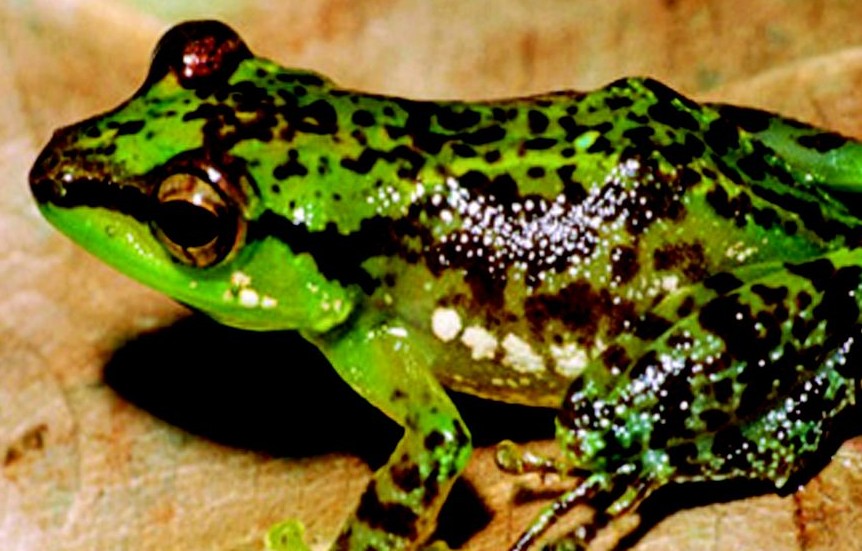Many species will probably not be discovered before rainforest destruction makes them extinct
Ian Benson
News Editor
Rick Lehtinen, one of the College’s associate professors of biology, along with several of his colleagues, recently identified a new species of frog in Madagascar. Lehtinen also estimates that there are five or six new species in this group of frogs that are still undiscovered.
In 2003, biologists Frank Glaw and Miguel Vences first found the “White-Flanked Malagasy Tree Frog,” or Guibemantis tasifotsy by its scientific name. Lehtinen was recently approached about verifying if the frog was indeed a new species. Lehtinen, who discovered and identified two species of frogs last year, analyzed DNA samples from the frogs’ tissue and conducted morphological measurements to determine whether the frogs were different enough to be classified as their own species. Following the tests, Lehtinen was comfortable asserting that this was a life form that scientists had yet to encounter. The findings were published in Copeia, the journal of the “American Society of Ichthyologists and Herpetologists.”
While the discovery of the frogs most likely carries no economic or medical value, it is still important for the sake of scientific categorization. In Lehtinen’s opinion, the finding of another new species takes us a step closer to fully describing life on Earth. Scientists put estimates for the total number of species on Earth around 8.7 million, though that number is subject to debate in the scientific community (of which an estimated 86 percent of land and 91 percent of sea species have yet to be discovered, described and catalogued).
There are also benefits to the finding of the White-Flanked Malagasy Tree Frog from a conservation standpoint. Madagascar features widespread population growth and rapid deforestation with less than 10 percent of the country’s original rain forests remaining. Scientists put the percentage of undiscovered species in Madagascar at 25 percent, and the threat remains that they could go extinct before scientists have a chance to find them. Thus, discoveries like Lehntinen’s represent a race against the clock in cataloging them before they disappear forever.

